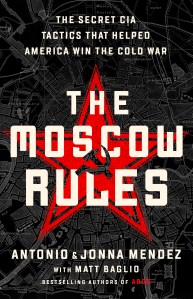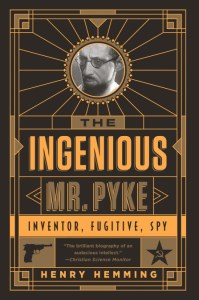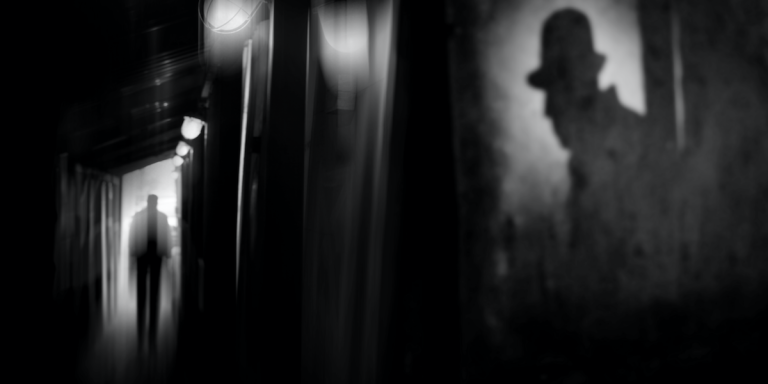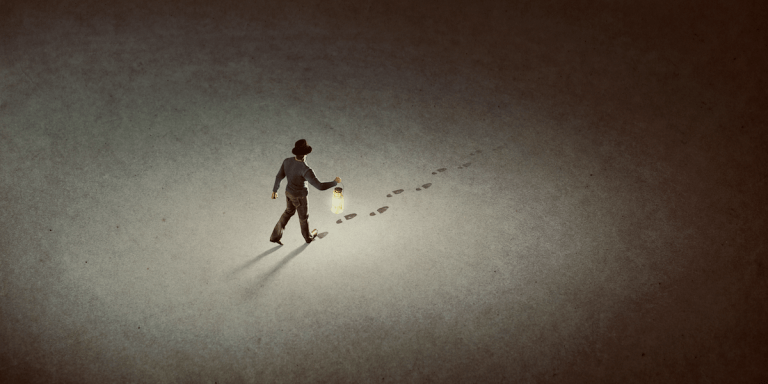Which Real-Life Spy Are You?
See all of the results below
Antonio Mendez and his future wife Jonna were CIA operatives working to spy on Moscow in the late 1970s, at one of the most dangerous moments in the Cold War. Soviets kept files on all foreigners, studied their patterns, and tapped their phones. Intelligence work was effectively impossible. The Soviet threat loomed larger than ever.
The Moscow Rules tells the story of the intelligence breakthroughs that turned the odds in America’s favor. As experts in disguise, Antonio and Jonna were instrumental in developing a series of tactics—Hollywood-inspired identity swaps, ingenious evasion techniques, and an armory of James Bond-style gadgets—that allowed CIA officers to outmaneuver the KGB.
As Russia again rises in opposition to America, this remarkable story is a tribute to those who risked everything for their country, and to the ingenuity that allowed them to succeed.
As World War II raged into its second year, Britain sought a powerful ally to join its cause-but the American public was sharply divided on the subject. Canadian-born MI6 officer William Stephenson, with his knowledge and influence in North America, was chosen to change their minds by any means necessary.
In this extraordinary tale of foreign influence on American shores, Henry Hemming shows how Stephenson came to New York–hiring Canadian staffers to keep his operations secret–and flooded the American market with propaganda supporting Franklin Roosevelt and decrying Nazism. His chief opponent was Charles Lindbergh, an insurgent populist who campaigned under the slogan “America First” and had no interest in the war. This set up a shadow duel between Lindbergh and Stephenson, each trying to turn public opinion his way, with the lives of millions potentially on the line.
Maxwell Knight was perhaps the greatest spymaster in history. He did more than anyone in his era to combat the rising threat of fascism in Britain during World War II, in spite of his own history inside this movement. He was also truly eccentric—a thrice-married jazz aficionado who kept a menagerie of exotic pets—and almost totally unqualified for espionage.
Yet he had a gift for turning practically anyone into a fearless secret agent. Knight’s work revolutionized British intelligence, pioneering the use of female agents, among other accomplishments. In telling Knight’s remarkable story, Agent M also reveals for the first time in print the names and stories of some of the men and women recruited by Knight, on behalf of MI5, who were asked to infiltrate the country’s most dangerous political organizations.
In the World War II era, Geoffrey Pyke was described as one of the world’s great minds—to rank alongside Einstein. Pyke was an inventor, adventurer, polymath, and unlikely hero of both world wars. He earned a fortune on the stock market, founded an influential pre-school, wrote a bestseller, and came up with the idea for the US and Canadian Special Forces. In 1942, he convinced Winston Churchill to build an aircraft carrier out of reinforced ice.
Pyke escaped from a German WWI prison camp, devised an ingenious plan to help the Republicans in the Spanish Civil War, and launched a private attempt to avert the outbreak of the Second World War by sending into Nazi Germany a group of pollsters disguised as golfers.
And he may have been a Russian spy.
The history of Russian espionage is soaked in blood, from a spontaneous pistol shot that killed a secret policeman in Romania in 1924 to the attempt to poison an exiled KGB colonel in Salisbury, England, in 2017. Russian émigrés have found themselves continually at the center of the mayhem.
Russians began leaving the country in big numbers in the late nineteenth century, fleeing pogroms, tsarist secret police persecution, and the Revolution, then Stalin and the KGB–and creating the third-largest diaspora in the world. The exodus created a rare opportunity for the Kremlin. Moscow’s masters and spymasters fostered networks of spies, many of whom were emigrants driven from Russia. By the 1930s and 1940s, dozens of spies were in New York City gathering information for Moscow.
Eddie Chapman was a charming criminal, a con man, and a philanderer. He was also one of the most remarkable double agents Britain has ever produced. In 1941, after training as German spy in occupied France, Chapman was parachuted into Britain with a revolver, a wireless, and a cyanide pill, with orders from the Abwehr to blow up an airplane factory. Instead, he contacted M15, the British Secret service, and for the next four years, Chapman worked as a double agent, a lone British spy at the heart of the German Secret Service. Inside the traitor was a man of loyalty; inside the villain was a hero. The problem for Chapman, his spymasters, and his lovers was to know where one persona ended and the other began. Based on recently declassified files, Agent Zigzag tells Chapman’s full story for the first time. It’s a gripping tale of loyalty, love, treachery, espionage, and the thin and shifting line between fidelity and betrayal.
It was the height of the Cold War, and a dangerous time to be stationed in the Soviet Union. One evening, while the chief of the CIA’s Moscow station was filling his gas tank, a stranger approached and dropped a note into the car. The chief, suspicious of a KGB trap, ignored the overture. But the man had made up his mind. His attempts to establish contact with the CIA would be rebuffed four times before he thrust upon them an envelope whose contents would stun U.S. intelligence. In the years that followed, that man, Adolf Tolkachev, became one of the most valuable spies ever for the U.S. But these activities posed an enormous personal threat to Tolkachev and his American handlers. They had clandestine meetings in parks and on street corners, and used spy cameras, props, and private codes, eluding the ever-present KGB in its own backyard–until a shocking betrayal put them all at risk.
By clicking 'Sign Up,' I acknowledge that I have read and agree to Hachette Book Group’s Privacy Policy and Terms of Use








